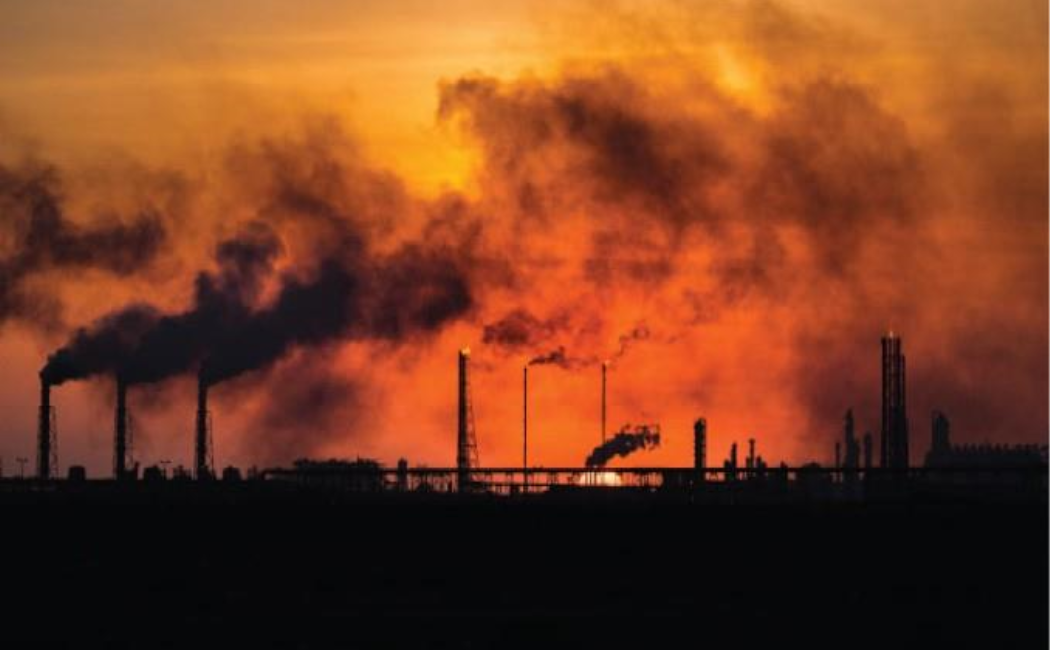The simplest of organic molecules have a much more complex relationship with oxygen than previously thought. Researchers from KAUST and their international collaborators have shown that alkanes participate extensively in autoxidation reactions with oxygen molecules1. The discovery, which overturns current chemical wisdom, has implications for air quality prediction and efficient fuel combustion in engines.
Autoxidation is a chemical process in which oxygen molecules rapidly and sequentially add to organic molecules in a radical chain reaction. The process is critical for the timing of fuel combustion in engines and is a key step in the atmospheric conversion of volatile organic molecules into particulate matter.
“Conventional knowledge suggests atmospheric autoxidation requires precursor molecules with features such as double bonds or oxygen-containing moieties,” says Zhandong Wang, now a professor at the University of Science and Technology of China, formerly a research scientist with Mani Sarathy at KAUST. Alkanes — the primary component of combustion engine fuels and an important class of urban trace gases — do not have these structural features. “Alkanes were thought to have only minor susceptibility to extensive autoxidation,” Wang says.
To overturn this assumption, Sarathy, Wang and colleagues showed that alkanes do undergo extensive autoxidation under the hot high-pressure conditions of combustion2. The team then set out to explore the possibility that alkane autoxidation also occurs under atmospheric conditions.
“In 2016, we collaborated with University of Helsinki researchers to win a KAUST Competitive Research Grant,” says Wang. “That was the beginning of this work.”
The team used a state-of-the-art analytical technique, called chemical ionization atmospheric pressure interface time-of-flight mass spectrometry, to detect products of atmospheric alkane autoxidation. “Strikingly, the yield of highly oxygenated organic molecules containing six or more oxygen atoms was much higher than expected,” Wang says.
Under combustion conditions, the team also observed alkanes that had undergone up to five sequential O2 additions, significantly higher than the three additions they observed previously.
“These findings enrich our understanding of autoxidation processes and will allow us to better perform predictive simulations of combustion engines and atmospheric processes that impact air quality and climate,” Sarathy says.
“We are now working with the department of Health, Safety and Environment in KAUST to better understand atmospheric chemical processes using real-world measurements.” he adds. “Using data acquired at the KAUST-based monitoring station, we are attempting to unravel complex atmospheric chemical processes in the western region of Saudi Arabia.”
